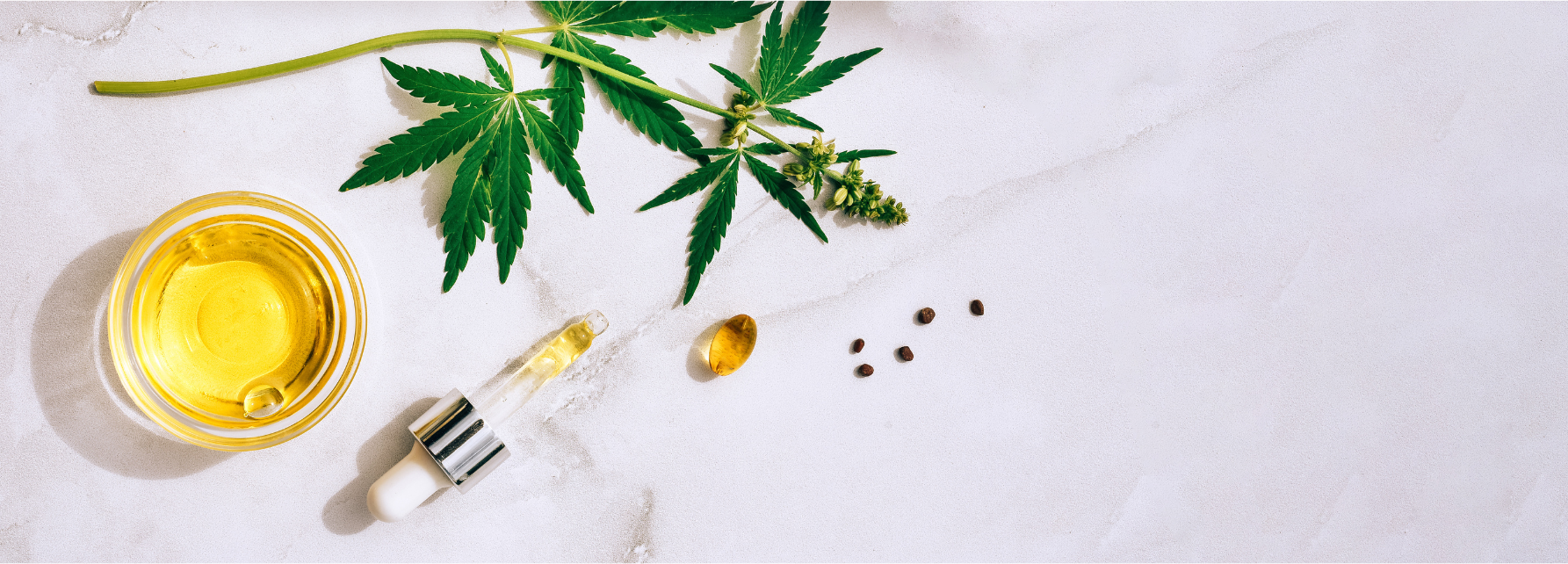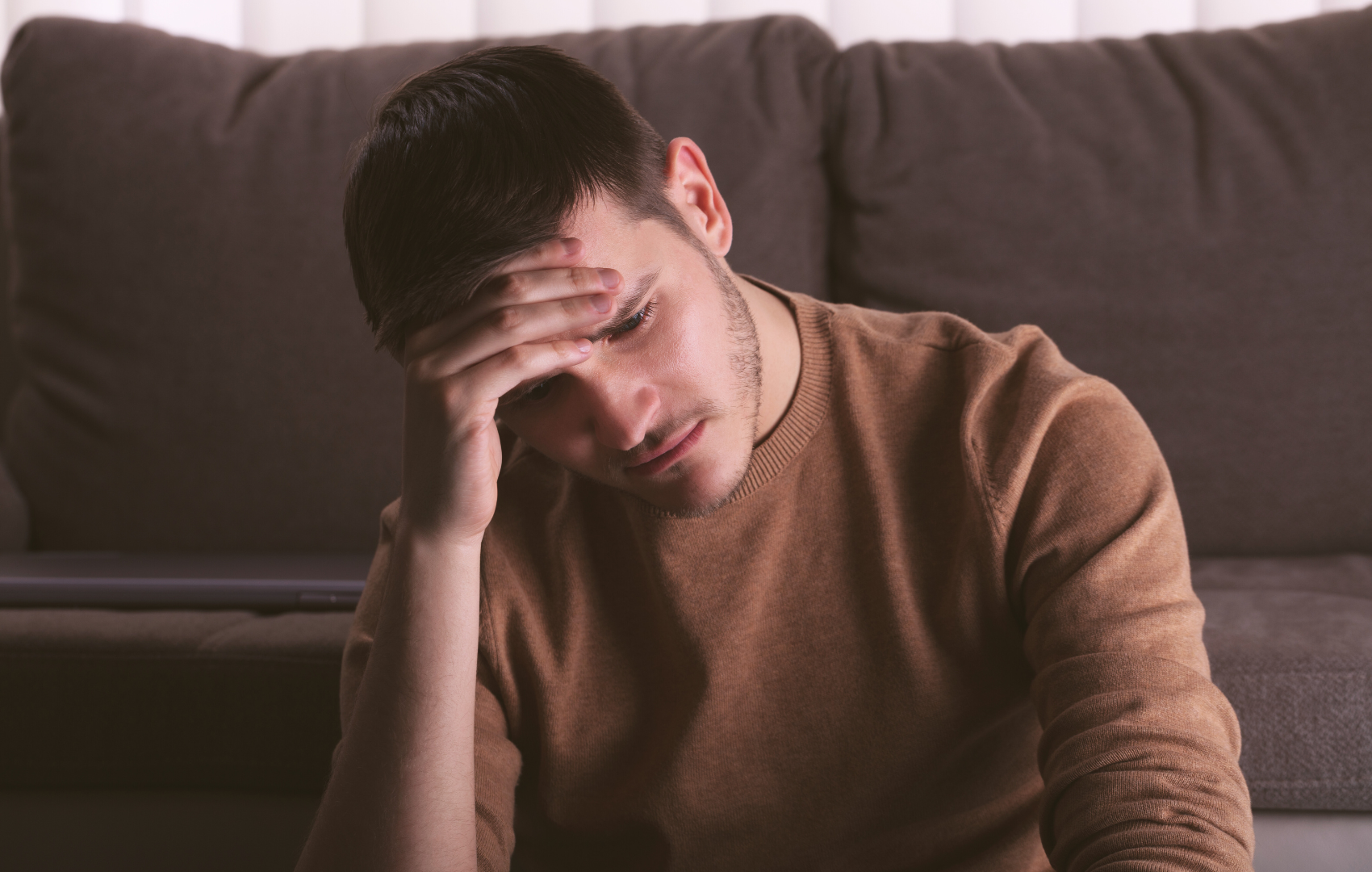
The High Cost of Stress for Pain Sufferers

|
Written by Ruby Deevoy Ruby Deevoy is an award-nominated health, science and wellbeing journalist who contributes to publications such as New Scientist, The Telegraph, The Times, Stylist, Natural Health and many more. She is the UK's first and only ever mainstream CBD columnist (Top Sante magazine) and CBD consultant for international CBD and cannabis brands and clinics. |
Chronic stress amplifies pain, while pain exacerbates stress. Experts provide science-backed techniques to manage stress, improve sleep, and break this pattern.
Did you know, there are now many studies clearly linking our emotions to physical sensations? And one of the most researched areas is how our emotions influence pain.
We now know that the two are so intrinsically entwined that the International Association for the Study of Pain recently re-defined pain as ‘an unpleasant sensory and emotional experience associated with, or resembling that associated with, actual or potential tissue damage.’
Incredibly, there’s even a study which revealed emotional pain could be reduced by taking paracetamol. It’s that layered.

Can you get physical pain from stress?
Through this knowledge, we’ve been able to confirm that, although acute stress can actually provide some pain relief through the release of certain hormones, chronic stress (the ongoing kind) amplifies pain. All the while pain also exacerbates stress. It’s a vicious cycle.
And it’s not just ‘in the moment’ of stress, either. One animal study found that rats exposed to a brief stint of unavoidable chronic stress displayed hyperalgesia (a symptom that causes unusually severe pain in situations where feeling pain is normal, but the pain is much more severe than it should be) for 28 days after the stressful event ended.
In some human studies, we’ve seen stress cause an increase in musculoskeletal pain in fibromyalgia patients, exacerbate pain in gastro-oesophageal reflux patients, and cause more discomfort in patients with abdominal pain.
So with this understanding, what can we do to help ourselves? Clearly, reducing stress should not be overlooked as an important therapy when dealing with chronic pain.

How do you get rid of stress physical pain?
‘Stress’ is defined as a state of disharmony or threatened homeostasis and chronic stress is when this state is enduring.
Bringing our mind and body back into a place of balance will take more than a single yoga class or some deep breathing when panic sets in - this is something that needs to be addressed consistently, by bringing simple stress-relieving practices into your daily life.
Certified Psychology Expert & Life Coach, and Founder of Life Architekture, Bayu Prihandito, believes that managing stress and breaking the stress cycle can be achieved with some simple activities known to calm the nervous system, improve sleep and reframe thinking patterns.
Here are her top tips that you can start utilising today:
Manage Stress:
- Deep Breathing: This technique is more than just taking deep breaths; it's about being fully present with each inhale and exhale. This practice activates our nervous system, which helps calm the mind and body and keeps our focus away from stressful and intrusive thoughts.
The research team from Stanford/Yale conducted two studies on using breathing techniques to quell stress and anxiety. Although there are many stress-relieving breathing exercises (for example ‘box breathing’ where you inhale for 4 seconds, hold 4 seconds and exhale 4 seconds) the researchers found the most effective to be one called ‘Sky Breathing Meditation’ (Sudarshan kriya yoga (SKY) is a type of cyclical controlled breathing practice with roots in traditional yoga).
The four main SKY breathing techniques are:
- Ujjayi or “Victorious Breath”: This involves experiencing the conscious sensation of the breath touching the throat. This slow breath technique (2–4 breaths per minute) increases airway resistance during inspiration and expiration and controls airflow so that each phase of the breath cycle can be prolonged to an exact count. The subjective experience is physical and mental calmness with alertness.
- During Bhastrika or “Bellows Breath,” air is rapidly inhaled and forcefully exhaled at a rate of 30 breaths per minute. It causes excitation followed by calmness.
- “Om” is chanted three times with a very prolonged expiration.
- Sudarshan Kriya which is a Sanskrit term meaning “proper vision by purifying action” is an advanced form of rhythmic, cyclical breathing with slow, medium, and fast cycles.
- Journaling: Writing down your feelings and thoughts can be therapeutic. It's like having an open and honest conversation with yourself, allowing you to process emotions, understand your thought patterns and gain clarity, helping to reduce stress and improve your overall mental well-being.
Improve Sleep:
- Digital Detox: The blue light coming from our screens can interfere with the production of melatonin, the hormone that regulates our sleep. I'd recommend setting a tech-free time at least an hour before going to bed. Instead, go for some calming and relaxing activities like reading a book, or doing some gentle stretches or meditation.
According to the Sleep Foundation, we get most of our blue light from the Sun. So when we use devices which emit blue light right before going to bed, we’re tricking our bodies into thinking it’s still daytime! Blue light has been found to suppress the production of melatonin and elevate our heart rate.
- Sleep Environment: Your bedroom environment plays a crucial role in sleep quality, so make sure it's dark, quiet, and cool.
Break the Stress Pattern:
- Cognitive Reframing: The key here is about changing the way you perceive your external stressors. Instead of seeing them as threats, view them as challenges or opportunities for growth. This shift in perspective can reduce both the physiological and psychological impact of stressful thoughts.
- Flow Activities: Activities that fully immerse you in the present moment, where you lose track of time, can act as a reset for your mind. This can be cooking, playing an instrument, singing, dancing, gardening... just find whatever fits you best, it's all about doing and not thinking!
As well as reducing stress and allowing us to slip into a flow state, downtime activities (which does not include doom scrolling!) can also help reduce pain. Research from Johns Hopkins University found that focusing on a task can create ‘distraction analgesia’, which in their trials decreased pain in 90 per cent of patients by 20 - 50 per cent.

CBD for stress and pain
Finally, going back to the fact that stress is caused by an imbalance in the body, it’s important to bring the endocannabinoid system into the equation - our in-built body balancer! By encouraging a release of endocannabinoids to activate this system, whether that’s through the use of meditation, exercise, sex or CBD oil (to name a few triggers!), we can support our body and mind in returning to a state of equilibrium.
Just remember, if you choose to use CBD oil for stress, it’s just like everything else. Consistency is key! You can’t just take CBD in the moment of stress and expect it to work miracles. Give your body a chance to defend itself against stressful situations rather than try to recover by taking CBD every day, building up those endocannabinoids in your system over time, and reaping the benefits of those little bliss molecules.




